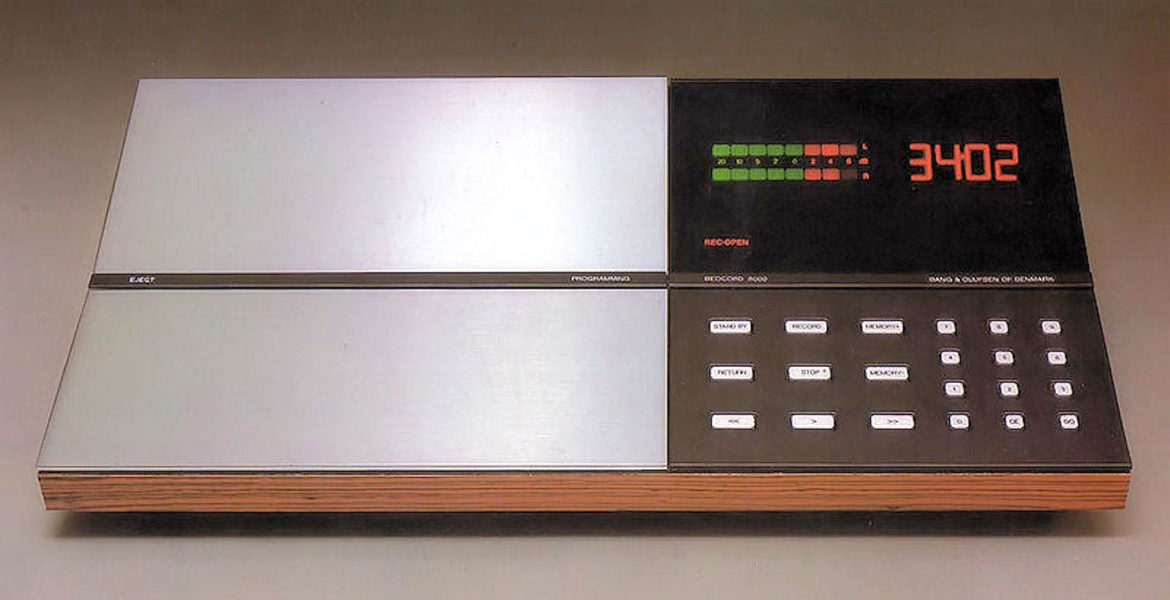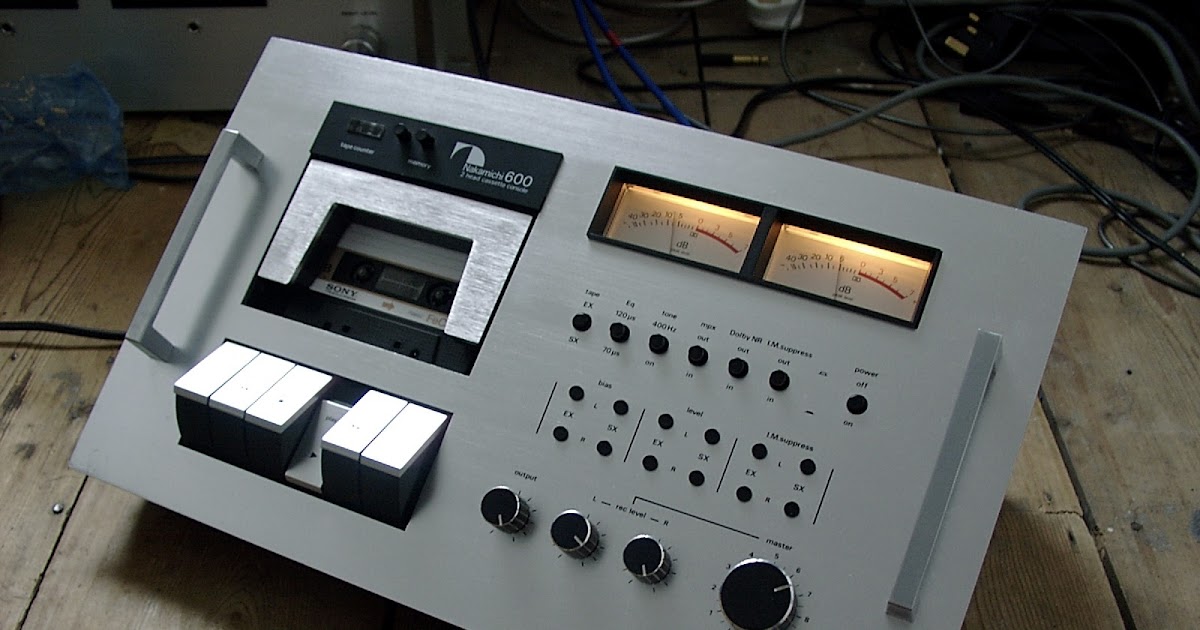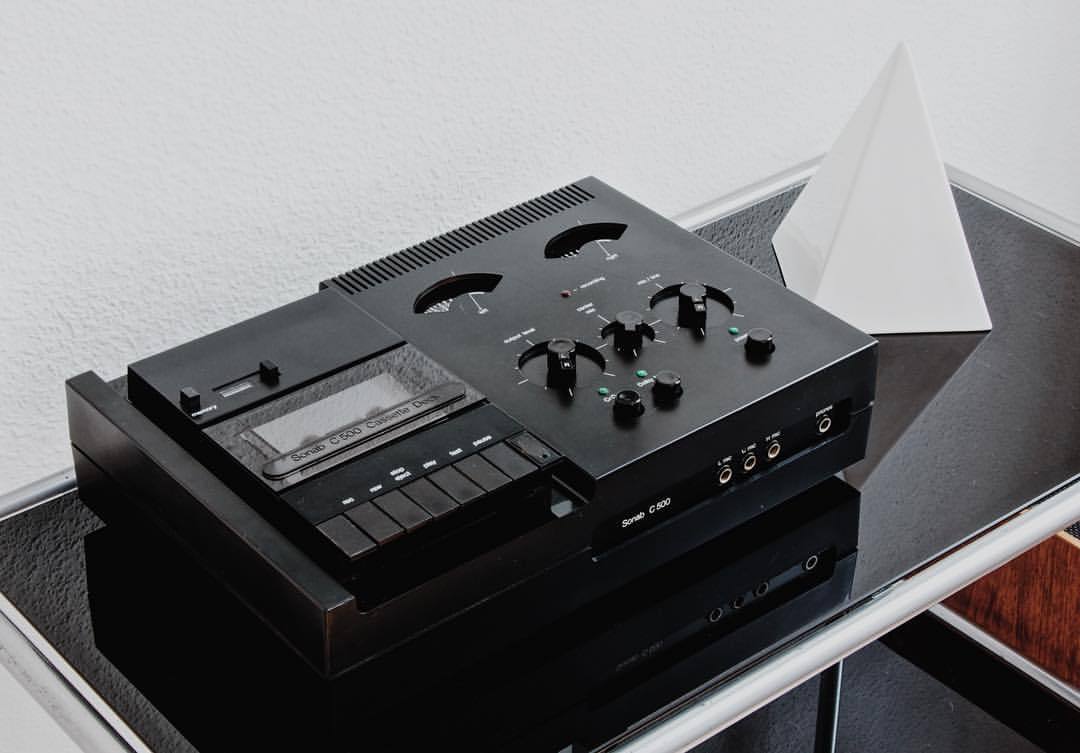Let us not forget that the Compact Cassette was a convenience media. But it was a medium on a mission: to dethrone open reel as the most popular recording format on the planet, and to do so, it needed to sound fantastic. As a result, we saw some extremely genuine initiatives from companies like Sony (TC177), Pioneer (CTF-1000), and Nakamichi (ZX-9) during the 1970s. At the same time, items like Sharp’s RT-3388 advanced the convenience factor, with its computer-controlled APSS track selection mechanism, providing hitherto unknown operational sophistication – in certain ways.
Bang and Olufsen boldly attempted to offer both in the Beocord 8000. It cost £483 when it was first released in 1980, more than twice as much as a Linn LP12 turntable, for example. B&O, on the other hand, had designed it to deliver the greatest sound possible with the technology available at the time, as well as unparalleled convenience. The hi-fi press of the day largely ignored it, but that was their loss!
Jacob Jensen’s superb pen created a shockingly gorgeous yet basic style as the flagship of the Danish manufacturer’s collection. It was a massive machine, measuring 530x130x300mm and weighing 7.5kg, and it was also wonderfully crafted, as you’d expect for the price. Unlike its predecessor, the 5000, which had bespoke B&O mechanics, the 8000 had a high-quality Japanese mechanism — a variant of which was also used in the Beocenter 7000 music center and Beocord 6000 cassette player. It used a high-quality DC motor in conjunction with a Sendust head capable of recording the (then-new) metal tape compositions at high levels. The quoted wow and flutter levels were less than 0.1 percent (DIN), and the frequency response was 30-16,000Hz +/- 3 dB. (with MPX filter on).
The Sharp RT-3388’s front panel boasted that it was ‘computer controlled,’ but the B&O had considerably more advanced ergonomics and functionality. This was one of the first cassette players that could be used (kind of) like the soon-to-be-released Compact Disc players. Everything revolved around a real-time tape counter that provided a precise reading in minutes and seconds. At the time, this was the stuff of sci-fi fantasies, having only ever been seen on pricey professional studio equipment. Instead of writing a timecode to the tape, the 8000 employed a microprocessor to determine it based on the tape thickness and cassette hub size!
It was necessary to push the ‘go’ key to get this to operate, after which the machine spooled the tape back to the beginning, played for a few seconds, wound forward a bit, and played again. Then it’d wind back to when the ‘go’ key was hit, knowing exactly where it was on the tape! You could then use the deck’s keypad to enter real-time spots, and it would wind to them and begin playing. All of this was made possible by a microprocessor that also served as a real-time clock for recording timers.
The Beocord 8000 performed admirably in terms of sound quality. Although not quite up to Nakamichi’s standards, it was nonetheless a joy to listen to, with a brilliant treble and a taut, tuneful bass. Although it lacked the Nak’s crystalline midband, the 8000 was nevertheless a top-notch performer when set up for your favorite type of tape. Its metal tape compatibility was the stuff of most hi-fi aficionados’ dreams at the time. The Bang & Olufsen Beocord 8000 is an outstanding high-end cassette ‘super deck’ that is surprisingly affordable used today. It, like so much of the Danish company’s traditional product selection, is today severely undervalued — a top-notch example won’t set you back much more than £150.






